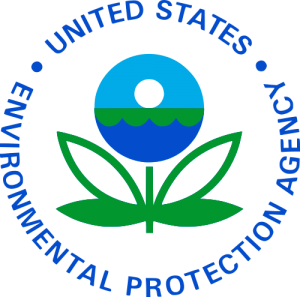On June 2, the EPA made the largest step yet towards regulating carbon emissions from power plants by releasing its proposed guidelines for limiting the amount of carbon pollution that existing power plants can dump into the atmosphere. The new guidelines call for cutting carbon emissions from existing fossil fuel power plants 25% from 2005 levels, and 30% from the same 2005 levels by 2030. The proposal calls for “state-specific rate-based goals for carbon dioxide emissions from the power sector, as well as guidelines for states to follow in developing plans to achieve the state-specific goals.”
By just cutting the carbon emissions from the electricity sector (the largest source of greenhouse gas emissions in the U.S.) by that 25% in six years, there would be 300 million tons less of CO2 emitted per year. One of the proposed methods for regulating carbon emissions calls for cap-and-trade clean energy incentives.
Carbon cap-and trade is when you place a hard cap on the overall amount of carbon participants in the system can emit in a given year, and then slice that cap up into permits — all worth a ton of carbon each — that emitters can then buy and sell among themselves. A working system along these lines called the Regional Greenhouse Gas Initiative (RGGI) is already in place in nine northeastern states. This past week, it held the most successful auction of carbon permits it’s had in the six years it’s been in existence, By aggressively lowering limits on carbon emissions from 165 million tons of carbon dioxide in 2013 to 91 million tons in 2014, the carbon permits sold fetched a record $5.02 per ton, up from the mandatory $2 per ton bottom that they’d been at since the program launch. The limit will continue to drop yearly, with a 78 million ton limit proposed for 2020.
Then there’s the other side. Just before the Texas Republican Party convention started on Thursday, the temporary party platform was released. The good news? Unlike the 2012 platform, there’s no longer a call for the EPA to be abolished, and climate change is mentioned. The bad news? It demands the elimination of “onerous environmental regulations”, and has this to say about climate change; “While we all strive to be good stewards of the earth, ‘climate change’ is a political agenda which attempts to control every aspect of our lives. We urge government at all levels to ignore any plea for money to fund global climate change or ‘climate justice’ initiatives.”
The contrast couldn’t be sharper. On one side, you have nine heavily industrialized states working together to combat carbon emissions, and on the other side you have a state that wants to deregulate the power industry and looks at climate change as a political agenda rather than as scientific fact. Climate change is real, and ignoring the facts isn’t going to make it go away.


